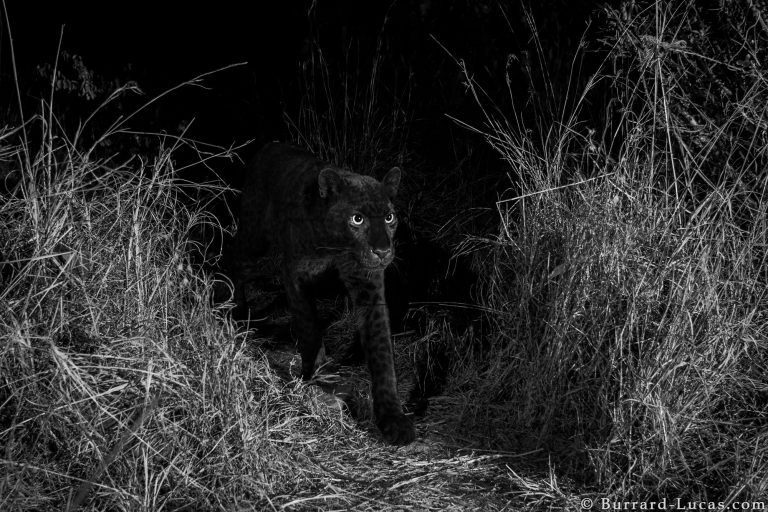The last time people saw a black leopard was in 1909. After a hundred years, it has been sighted again.
National Geographic reported that Nick Pilfold, a Kenya-based biologist, and his team from San Diego Zoo Global’s Institute for Conservation Research, scientifically documented a “super-rare melanistic leopard” throughout the bushlands of Loisaba Conservancy back in 2018.
Melanism, which is the opposite of albinism, is the result of a gene that causes an excess pigmentation in the skin or hair of an animal that produces its black skin.

Photographed with a Camtraptions camera trap. Laikipia Wilderness Camp, Kenya.
African Journal of Ecology published the photos of the black leopard in January, which presented the first scientific confirmation of the species, despite recent reports and sightings of the animal in Kenya.
“Almost everyone has a story about seeing one, it’s such a mythical thing,” Pilfold said in the National Geographic report. “Even when you talk to the older guys that were guided in Kenya many years ago, back when hunting was legal [in 1950s and 60s], there was a known thing that you didn’t hunt black leopards. If you saw them, you didn’t take it.”

Photographed with a Camtraptions camera trap. Laikipia Wilderness Camp, Kenya.
The black leopard that was sighted in Kenya is a juvenile female who was travelling with a normally-colored leopard, which was thought to be her mother. fcgxwBVqLXqbQrxFJjBkthqfTdRjfp





